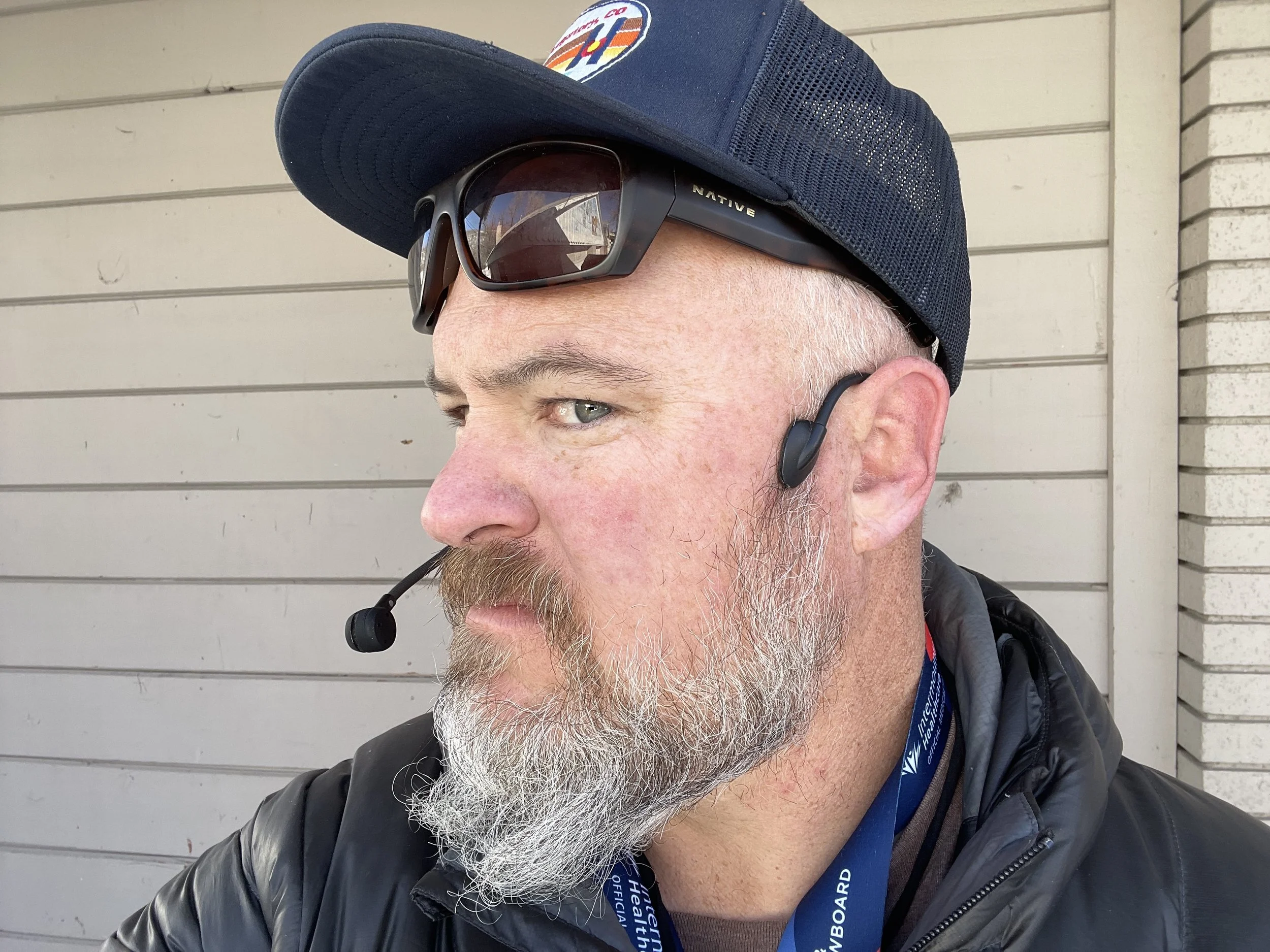3 Essential Tips for Buying Your Own Intercom Headset
Welcome to a new era of production! Gone are the days when a headset was just handed to you at the workstation. Today, many professionals in the production world—from TV trucks to control rooms—are expected to bring their own headsets. It’s a shift, but with the right knowledge, you can pick a headset that’s perfect for your needs.
In this guide, I’ll walk you through the essential tips for choosing an intercom headset that fits your role and the types of events you work on. I’ll also share recommendations and insights based on my experience using different headset models in real production environments. Let’s get started!
Watch the video below to get an overview of essential tips for choosing the right intercom headset, and read on for a detailed guide that expands on each point.
1. Compatibility is Key: Choose a Connector That Matches Your Setup
Not all headsets are created equal, especially when it comes to connectors. In the world of intercom systems, compatibility is everything. Here are the main types of connectors you’ll encounter:
- 4-Pin Male: Commonly used in TV production.
- 4-Pin Female: Frequently seen in ballroom and AV setups.
- 5-Pin Male: Often used in versatile, high-performance setups.
Choosing the Right Connector: Ideally, you’ll want to match the native connector to the type of intercom system you use most. If you’re frequently working in a TV truck, for instance, a 5-Pin Male connector might be your best bet. However, if you work in multiple environments, consider adapters that can allow one headset to connect with various systems.
A headset equipped with the proper adapters will cover nearly all standard media intercom setups, which is crucial for versatility and convenience on the job. You can even reach out to your go-to engineer to confirm the ideal connector for the setup you’ll encounter most often.
2. Consider the Form Factor and Features
Headset design can vary widely, from lightweight neck-worn models to heavy-duty, noise-canceling headsets. Think about your role and comfort needs.
Here’s a breakdown of popular styles:
- Neck-Worn Headsets: These are versatile and comfortable for long wear. They include in-ear monitors (IEMs) that fit discreetly and provide effective noise isolation.
- Single-Muff vs. Double-Muff: Single-muff headsets cover one ear, allowing you to stay aware of external sounds—ideal for indoor or low-noise environments. Double-muff headsets, on the other hand, block more outside noise and provide better focus, making them suitable for high-noise or outdoor environments.
- Switchable Booms: Certain headsets include booms with built-in switches, automatically muting the mic when it’s raised. This feature can be useful, although some professionals find it can cause troubleshooting issues, so consider your preferences.
My Personal Choice: I rely on a neck-worn headset with a 5-Pin Male connector and adaptable earbud options. This headset works for various roles and environments, including control rooms and on-site. For days when I’m outside the truck or working on a louder set, this flexibility is invaluable. It’s my go-to, all-purpose headset because it meets multiple needs without sacrificing comfort.
3. Invest in Quality Adapters and Cases for Protection
Adapting your headset to different connectors gives you flexibility across various setups, especially in live event production where standards can vary. Here’s what you’ll need:
- Three Adapter Types: To stay ready for any production setup, it’s essential to have adapters for all three common connector types (4-Pin Male, 4-Pin Female, and 5-Pin Male). With these adapters, you’ll be prepared for nearly any standard intercom system.
- Protective Case: A quality headset case protects your equipment during travel and on-site handling. I use a high-durability case for my noise-canceling headsets, which includes space for adapters and long cables. It’s a simple but crucial investment that protects your gear and ensures it’s ready for every gig.
Recommended Headsets for Different Roles and Budgets
Here are a few headset options based on usage needs and budget:
Entry-Level (Clearcom CC26K): Lightweight, comfortable, and perfect for control rooms or indoor production setups. This headset provides essential features at an affordable price, making it a solid choice for those new to production or with limited equipment needs.
Clearcom CC26K
Purchase HERE
Mid-Level (RTS Telex PH-88): Known as the “workhorse” of TV trucks, this is a reliable headset that works well with most intercom systems. It’s built to endure rigorous use, offering solid performance for those working long hours in demanding environments.
Telex PH-88
Purchase HERE
High-End (Sennheiser HMD 27): This professional-grade headset offers advanced noise isolation, comfort for extended use, and exceptional audio quality. Designed specifically for broadcast environments, the Sennheiser HMD 27 features a lightweight build with replaceable ear pads and headbands, ensuring durability. It’s ideal for high-noise production settings, making it a top choice for production professionals looking for the best in sound quality and comfort.
Sennheiser HMD 27
Purchase HERE
Final Thoughts
As we navigate the evolving world of production, owning your own headset is becoming a professional standard. With the right headset, connectors, and adapters, you’ll be prepared for any environment, ensuring clear communication and focus. Whether you’re working behind the scenes or on-site, your headset is a crucial tool. Invest in one that supports your style, work, and comfort—it’s worth every penny.
Ready to Equip Yourself? Check out the product links I’ve shared below, and feel free to reach out with any questions. Here’s to a smooth production and a well-equipped team!
Headset Adapters: http://jimirayo.pairserver.com/adapts...
Neck Worn Headset: https://camheadsets.com/product-categ...
RTS PH88: https://amzn.to/3ffhbtj
RTS LH300(Replaced the PH88): https://amzn.to/2A6rTCb
Clearcom CC26K: https://amzn.to/2L0L2Yl
Sennheiser HMD 27: http://bhphotovideo…
Dakine Large POV Case: https://amzn.to/3duIqOF
Stingray Medium Case: https://amzn.to/3fzxT6P
Shure BRH31M: https://amzn.to/2Le36yi
Clearcom CC110: https://amzn.to/3d8MwvO
Clearcom CC220: https://amzn.to/3aWAKDq
Shure BRH441M: https://amzn.to/2Wg6WgS
Shure BRH440M: https://amzn.to/2WIzZIN
5 Pin Male Cable for Shure BRH440M and BRH441M: https://amzn.to/2Le38pU
4 Pin Male Cable for Shure BRH440M and BRH441M: https://amzn.to/3dAxMG7
4 Pin Female Cable for Shure BRH440M and BRH441M: https://amzn.to/2SSTyNx
RTS HR-1: https://amzn.to/2z1tzfQ
RTS HR-2: https://amzn.to/2WlAERC




